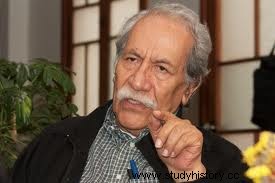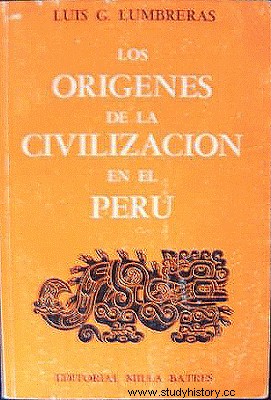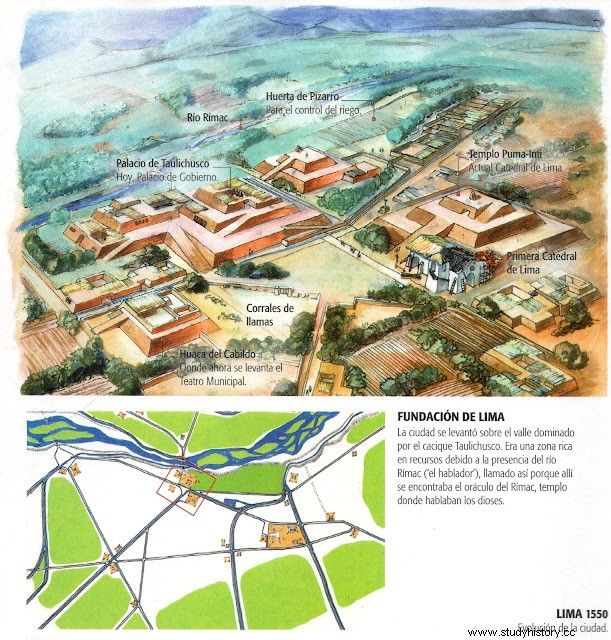Physical protection is a necessity that later became "homes" through collective coexistence, cohabitation, custom and social comfort. These were the conditions that later allowed the human being to invent a method and his techniques to transform the landscape to his liking and according to his needs through architecture.
 Luis Guillermo Lumbreras Pre-Hispanic architecture has these foundations and was developed according to the characteristics of each time, each culture and each geography of our complex territory. Archaeological evidence indicates that the first architectural forms were made by transhumant groups of food gatherers or food fishermen or fishermen - specialized hunters, who both on the Coast and in the Sierra, built some walls or poles that served as structures for a roof. to protect people, always to live and therefore the rest of their activities were carried out in the surroundings. In some cases there were "huancas" or sacred stones, which spiritually protected the community.
Luis Guillermo Lumbreras Pre-Hispanic architecture has these foundations and was developed according to the characteristics of each time, each culture and each geography of our complex territory. Archaeological evidence indicates that the first architectural forms were made by transhumant groups of food gatherers or food fishermen or fishermen - specialized hunters, who both on the Coast and in the Sierra, built some walls or poles that served as structures for a roof. to protect people, always to live and therefore the rest of their activities were carried out in the surroundings. In some cases there were "huancas" or sacred stones, which spiritually protected the community. 
However, towards the second millennium before the Christian era, a large number of peoples began a complex process of urban organization, in which not only the houses stood out, but the use of monumental buildings began in which tasks of astronomical observation and calculation of time were carried out, as well as rivers in offerings and ceremonies. These buildings were represented in the department of Lima. Subsequently, large cities, administrative centers, complex protection and survival systems were built against the phenomena of nature (wind, heat, cold, rain, etc.) and against other animals that, due to their physical characteristics, can be dangerously aggressive to our integrity. This issue, therefore, is as important as that of feeding and was resolved from very ancient times through finding refuges in caves and rock shelters until later buildings began to be built of different materials like the ones we now use. In this way, the peoples were organizing their lives based on the enrichment of their architectural techniques according to the greater complexity of their needs, due to their discoveries in other disciplines and the progressive increase in their capacity to transform the natural environment. The permanent search for a balance between the forces of nature and the increase in culture is what allowed ancient peoples to achieve the excellent quality of life found by Europeans when they arrived in these lands in 1532.
By Luis G. Lumbreras
The origins of civilization in Peru (Lima:Milla Batres, 1983 –1972–). Extracts selected, pp. 52-62.

